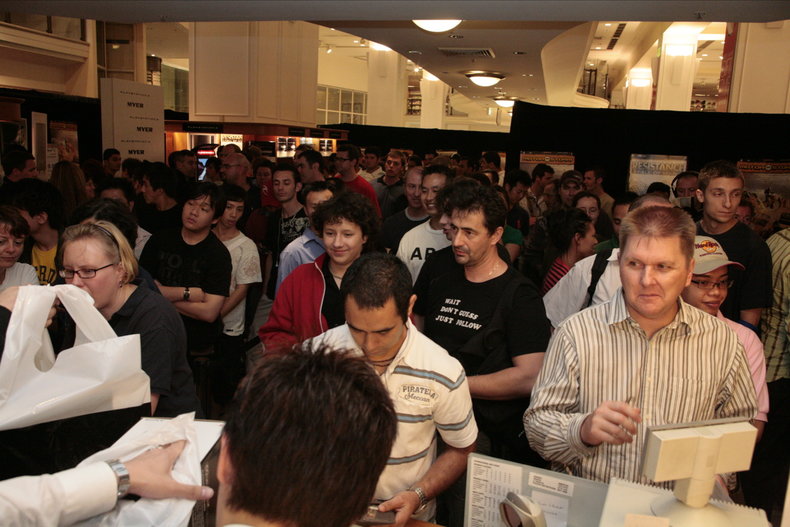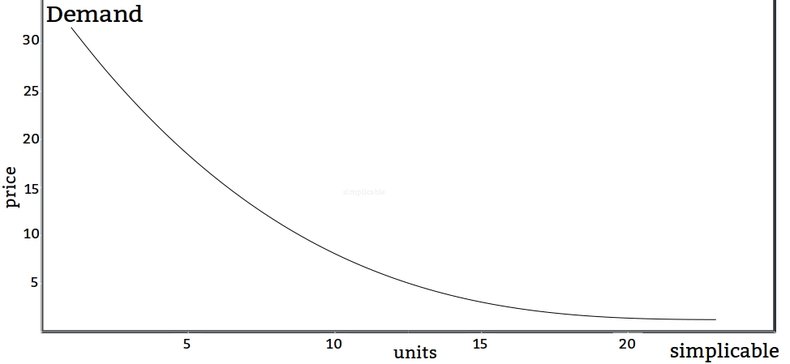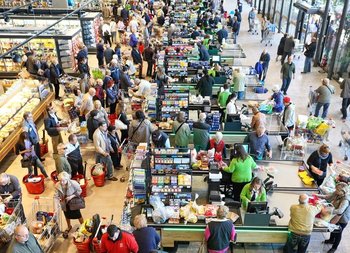

Prices Rise, Demand Falls
A global shortage of pineapples causes prices to rise from $304 a ton to $404 a ton. Demand drops from 1 million pineapples a month to 600,000 pineapples a month as consumers can easily find substitute products such as other fruits.Prices Fall, Demand Rises
Solar panel manufacturers regularly reduce the cost per watt for solar panels, sparking increased demand on a global basis. Between 1975 and 2018, price per watt dropped from around $64 to around $1 in many markets. This caused solar panel demand to surge from being a niche product to a common sight on rooftops in many nations.Demand Rises, Prices Rise
Demand for real estate in a particular region increases due to foreign investors looking for a safe place to invest their wealth. This causes increased competition for each property on the market and prices rise.Demand Falls, Prices Fall
A trendy technology company with a high stock valuation reports that grow is slowing while spending is surging. Demand for the stock instantly collapses and little demand materializes until the price has fallen more than 50%.Sticky Prices
It is customary for bottled water in a particular nation to cost $1.50 or less. The nation increases its value added taxes and some sellers try to pass this cost to customers with a price of $1.60. Sellers who increase the price find that demand drops 70% as people are accustomed to the $1.50 price. With time, most sellers revert back to the old price.Exceptions
The law of demand has many exceptions. For example, a speculative bubble in stocks might produce situations where price increases stimulate more demand due to a fear of missing out amongst investors.| Overview: Law Of Demand | ||
Type | ||
Definition | The economic principle that with all else remaining constant, demand and price have an inverse relationship. | |
Related Concepts | ||





























